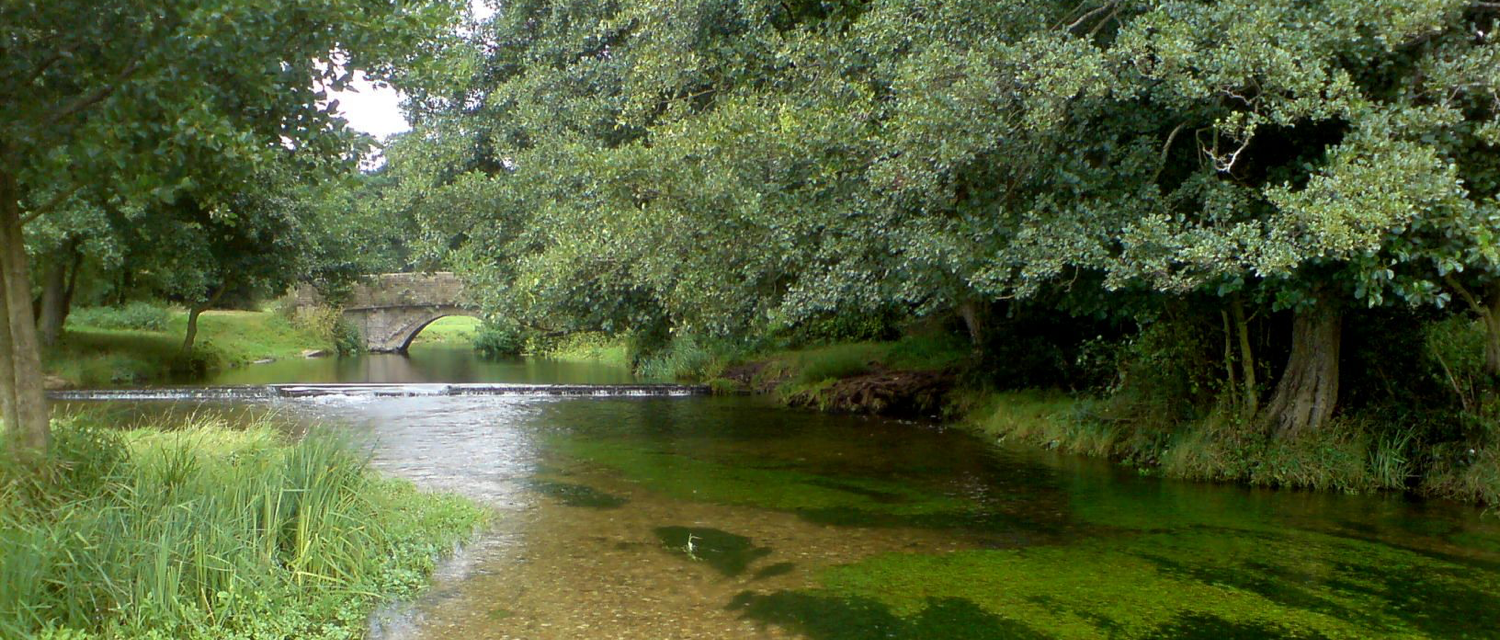The Modular River Survey Family
Our family of science-informed field surveys allows citizen scientists and river professionals to explore the physical character of rivers and how these change across space and through time. Assessing the quality of physical habitat and functioning of river systems is vital for informing management to sustain our water dependent wildlife and provide fresh water and flood protection for our communities. Our surveys build understanding of where and why rivers are degraded, the degree to which physical condition may explain observed variations in river organisms, and the effectiveness of rehabilitation and restoration measures. Together, our family of surveys records:
- sediments, physical habitat mosaic and vegetation structure of river channels and their margins
- human pressures and interventions
- physical processes that affect river channel form and function
All surveys are stored in an information system which generates summary indicators, maps survey data, and supports the download of survey information in a variety of formats for in-depth analysis, allowing an integrated picture of the form and function of river systems to be constructed.
Our Surveys
We offer three established surveys:
MoRPh Rivers characterises the local physical character of a river channel and its margins over a river length of 10 m to 50 m, depending upon the width of the river channel. The short river length and detailed information gathered allow changes in the physical environment to be monitored through time to accompany, for example, biological monitoring or the implementation of restoration measures and other interventions.
Urban River Survey captures the broad physical character of a river channel and its margins over a typical river length of 500 m. Developed from the River Habitat Survey, the Urban River Survey incorporates more information on the nature of human pressures and interventions within urban and suburban environments. It is particularly useful for exploring differences in river physical characteristics across river networks to give, for example, a picture of how physical and vegetation structural habitats change across a catchment river network.
Mud Spotter records inputs of mud into river systems from sources such as culverts, pipes, ditches, overland flow pathways and eroding river banks. It is a rapid walkover survey that monitors inputs from individual mud sources along several km of river allowing sources to be mapped and monitored as they respond to rainfall events. Mud transfer through river systems is a natural process that influences the physical habitat structure and rates of change. However, the quantity and chemical quality of mud inputs are affected by human actions, and so Mud Spotter surveys support physical habitat and water quality monitoring.
Currently, two other surveys are being piloted:
MoRPh Estuaries extends MoRPh Rivers downstream into the tidal reaches. It assesses the physical habitat condition of estuary margins extending across the sub-, inter- and supra-tidal zones of estuaries. It is currently being piloted with volunteers and professionals on estuaries around the UK.
Riverwood is a rapid walkover survey designed to monitor the locations, hydraulic, and physical habitat impacts of wood structures in rivers whether created by tree fall, beavers, or humans. Riverwood surveys support the design of artificial wood features, especially those introduced for ‘natural flood management’ to function in a similar way to naturally-formed features.
Other Survey Needs?
As part of the Modular River Survey family of accessible assessment tools, we are open to improving existing and developing new surveys to extend the ability of surveyors to investigate the physical habitats and hydrogeomorphology of water bodies from source to sea.
Get in touch via our Contact page to find out more about any of our surveys OR designing your own!

